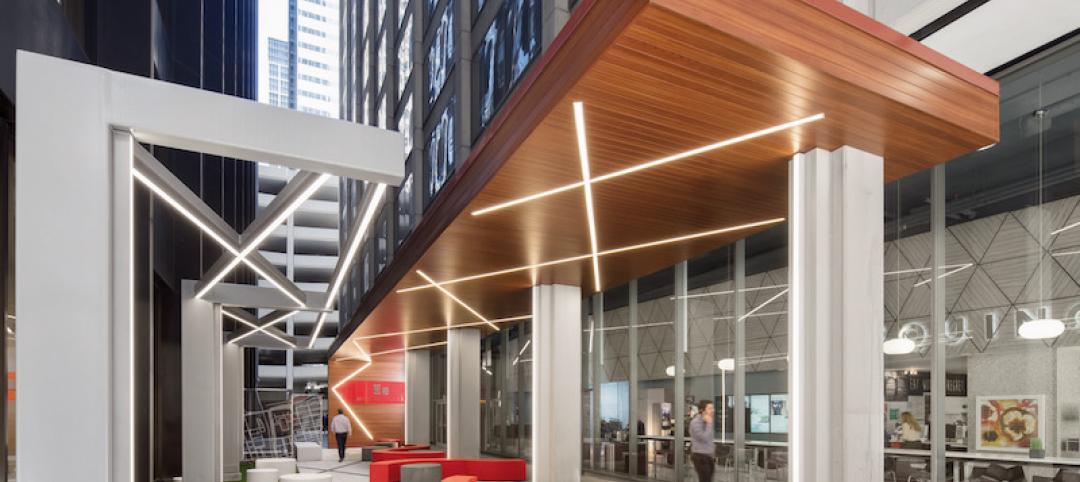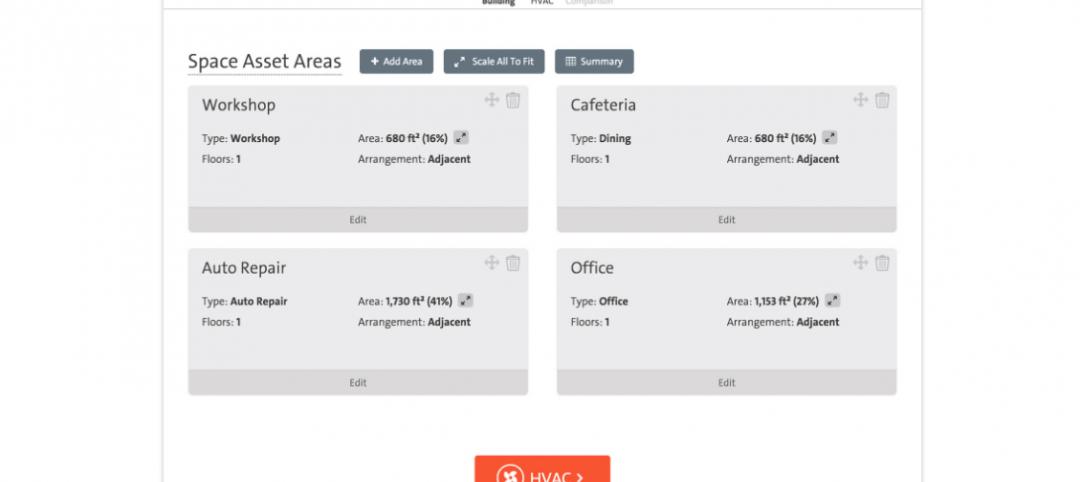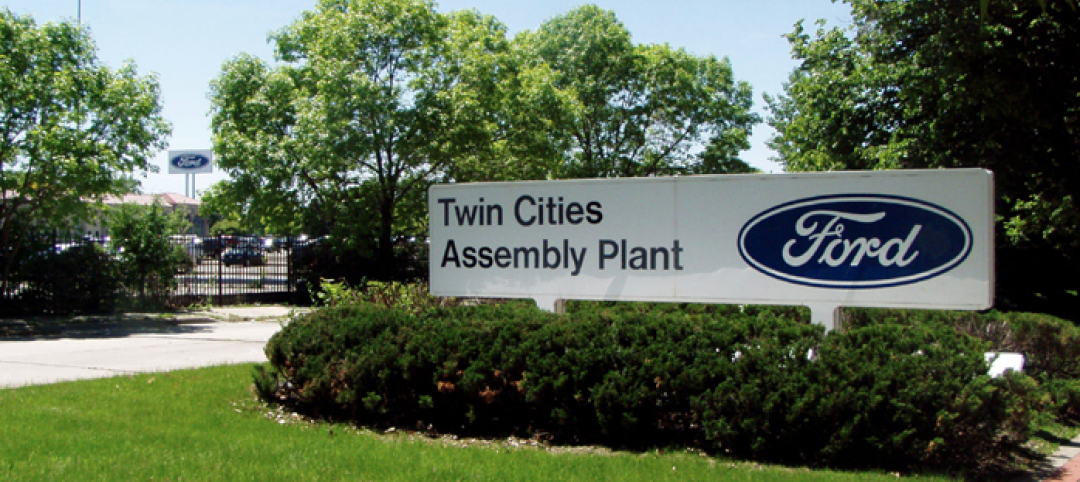HDR, a global architectural firm based in Omaha, Neb., has joined forces with CEI Architecture, a Vancouver, B.C.-based firm with about 70 employees.
The merger went into effect on July 26. As it has in other countries, such as Germany and Australia, in which it expanded through acquisitions and then combined its name with the acquired company’s, HDR now goes to market in Canada as HDR|CEI. The corporation is based in Omaha.
HDR has had a presence in Canada since 1996, when it started with a project office in Toronto. It expanded in Canada by acquiring Kingston, Ont.-based Mill & Ross Architects in August 2007, and G+G Partnership Architects, a healthcare design firm, in 2009. Those offices consolidated into one in Toronto, which currently has about 120 employees.
The CEI deal is HDR’s first foray into western Canada, according to a company spokesperson, who adds that HDR’s offices in Toronto, Kingston, Ottawa, and London, Ont., will continue to operate as before.
CEI, which was founded in 1996, focused its attention on western Canada, with offices in Edmonton and Calgary, Alberta, and in the British Columbia cities of Victoria and Penticton, according to Canadian Architect magazine.
Doug Wignall, AIA, HDR’s President, said the alliance brings together two firms with similar philosophies about design, business orientation, and customer service. Both firms have particular expertise in public-private partnerships in the healthcare sector.
“This common platform is essential to building a solid foundation for future growth,” said Wignall.
CEI’s Founding Partner, Bill Locking, is now a Senior Vice President with HDR|CEI. He believes this merger will help HDR expand into new sectors in Canada such as recreation, K-12 education, and commercial development.
Locking says news of the union has received overwhelmingly positive responses from key clients, who “understand that we will remain the same highly professional team.”
What is changing, he said, is the firm’s capability to deliver global research, benchmarking, and professional expertise.
HDR, founded in 1917, has more than 1,450 architecture employees working in offices that provide complete design, engineering, planning, and consulting services in the U.S., Canada, United Arab Emirates, Germany, Australia, and the People’s Republic of China.
All told, HDR has 10,000 employees in more than 225 locations around the world.
Related Stories
Architects | Sep 6, 2018
S/L/A/M Collaborative completes merger with L.A.-based firm
The healthcare sector is one of Frank Webb Architects’ strengths.
Giants 400 | Sep 6, 2018
What's happening at 89 design firms
The latest developments at 89 of the nation's largest architecture and architecture/engineering (AE) firms.
Architects | Sep 6, 2018
Little details, big questions: Occupancy planning 101 for healthcare facilities
Transitioning into a new hospital is no easy feat and daily tasks can have a huge impact.
Architects | Aug 14, 2018
AIA takes a firmer stand on making schools safer with better design
The Institute urges the formation of a federal clearinghouse for best practices, and wants security-related design to be eligible for grants.
Architects | Aug 9, 2018
The convergence of product design and architecture
Great design is born out of simplicity, purity, timelessness, unobtrusiveness and intuitiveness.
Architects | Aug 1, 2018
Client experience as competitive advantage for AEC firms
Clients are looking for solutions to their business problems from collaborative advisors. They’ve come to expect a higher level of service and detail than what was provided in the past.
AEC Tech | Jul 24, 2018
Weidt Group’s Net Energy Optimizer now available as software as a service
The proprietary energy analysis tool is open for use by the public.
Building Owners | Jul 17, 2018
Are we facing a new era in Foreign Direct Investment?
The construction industry is already feeling the effects of the recent tariffs, not only with higher steel and aluminum prices, but with higher prices on Canadian lumber.
Codes and Standards | Jul 17, 2018
NIMBYism, generational divide threaten plan for net-zero village in St. Paul, Minn.
The ambitious redevelopment proposal for a former Ford automotive plant creates tension.
















